University of Jeddah CPIS 606 IS Auditing Assignment
VerifiedAdded on 2022/09/16
|5
|900
|16
Homework Assignment
AI Summary
This assignment, completed for CPIS 606 at the University of Jeddah, delves into information systems auditing, focusing on security vulnerabilities and IT asset management. Part 1 examines credit/debit card hacking, exploring the vulnerability exploited (skimming), the information gained, the methods used, and mitigation strategies. The student highlights the specific interest in skimming, referencing TEDxMidwest. Part 2 centers on auditing a router, emphasizing network encryption, firmware, wireless signal range, MAC address filtering, and password settings. It also covers IT asset inventory, including hardware, software, and classification schema. The inventory includes servers, PCs, laptops, printers, and network devices, alongside software and telecommunications assets, categorized by impact level and confidentiality. The assignment underscores the importance of a comprehensive IT asset inventory for effective security and management.
1 out of 5
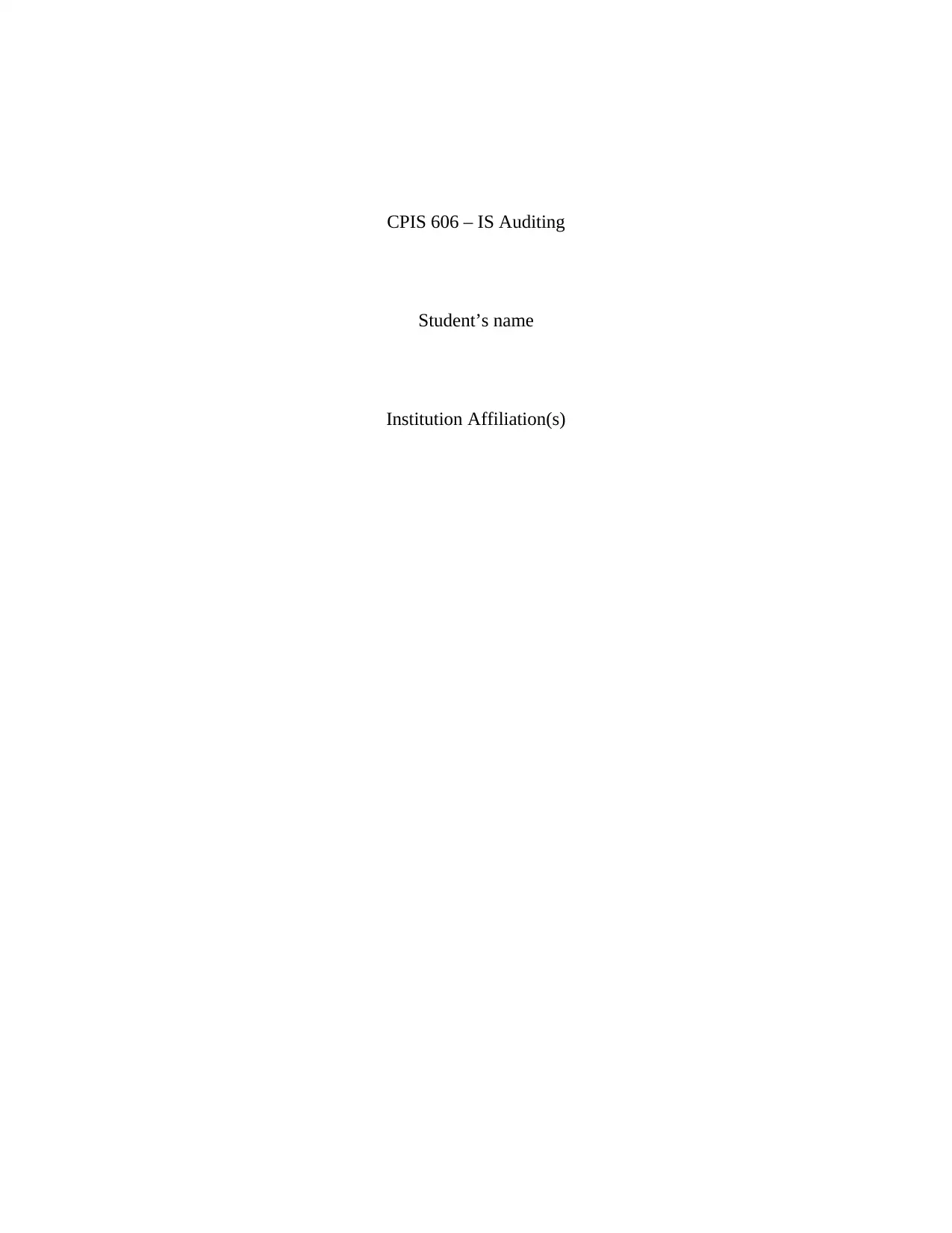
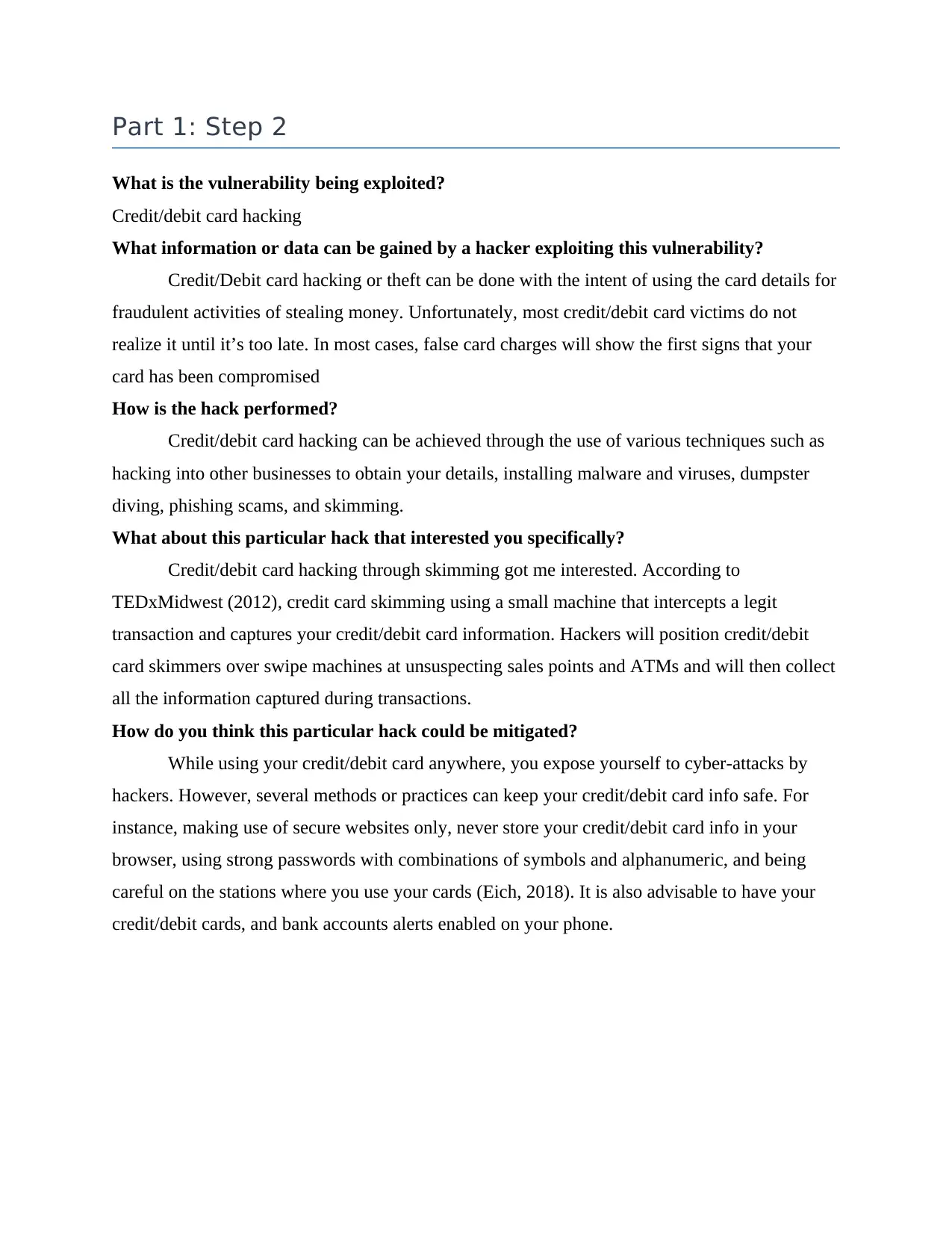
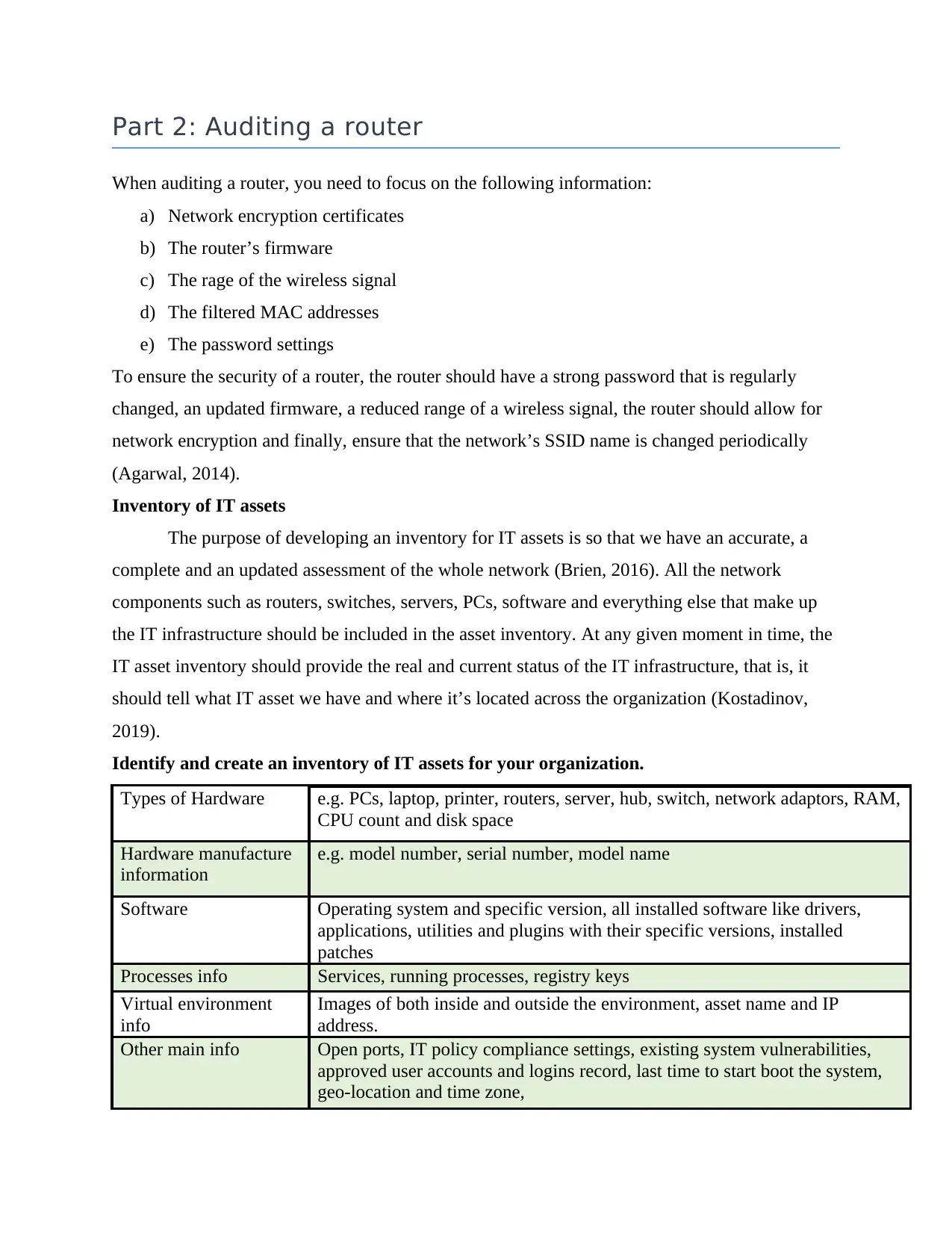

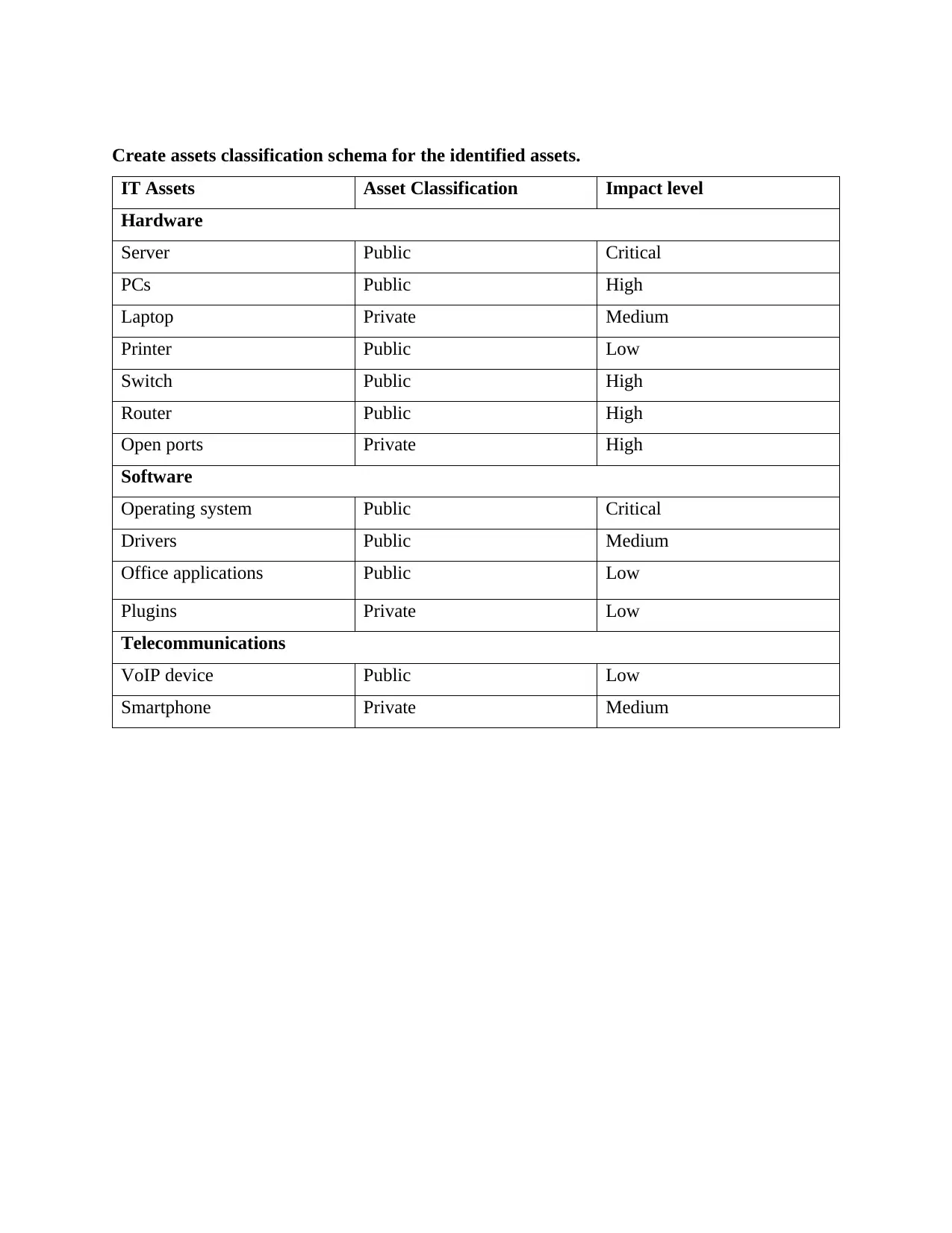
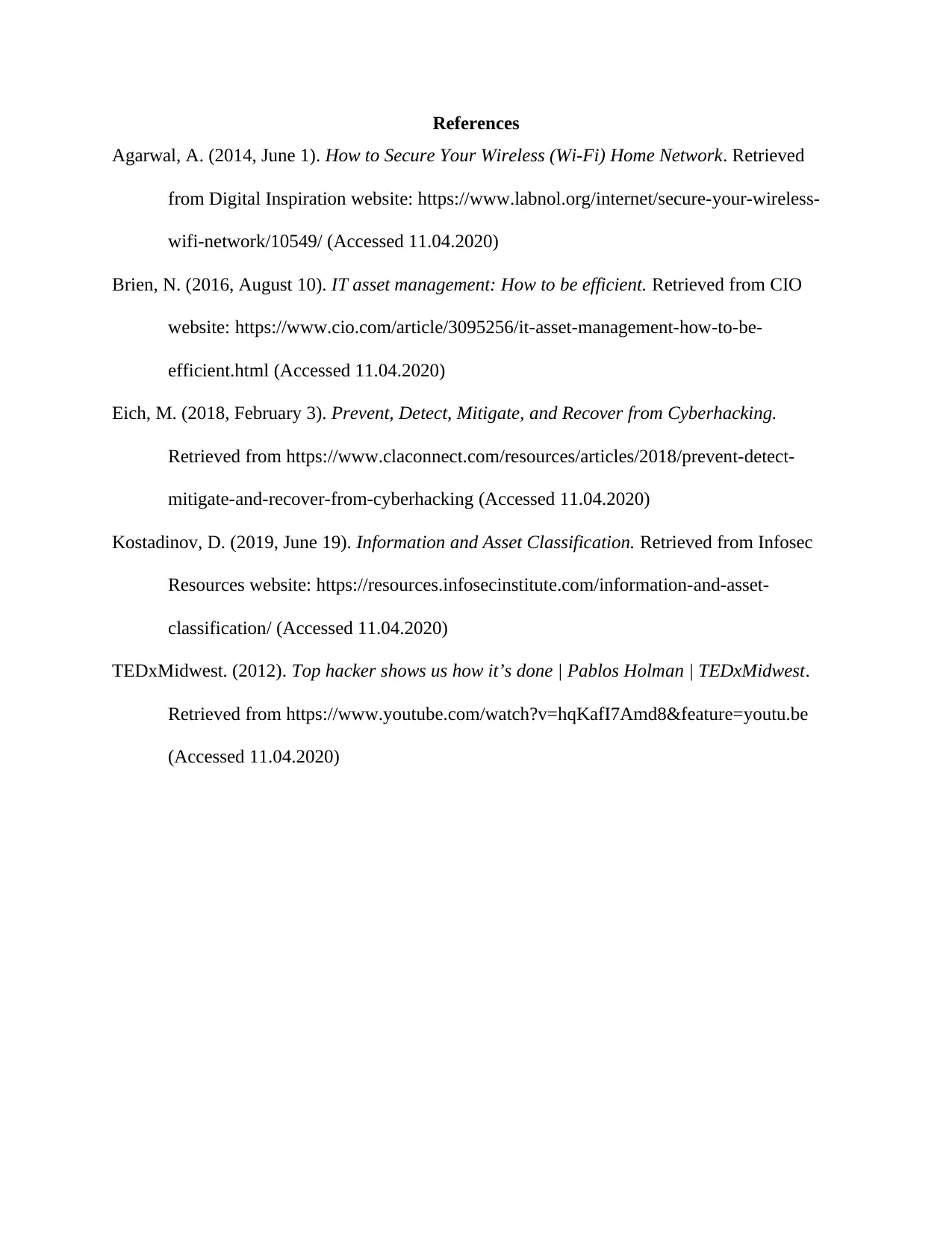

![[object Object]](/_next/static/media/star-bottom.7253800d.svg)